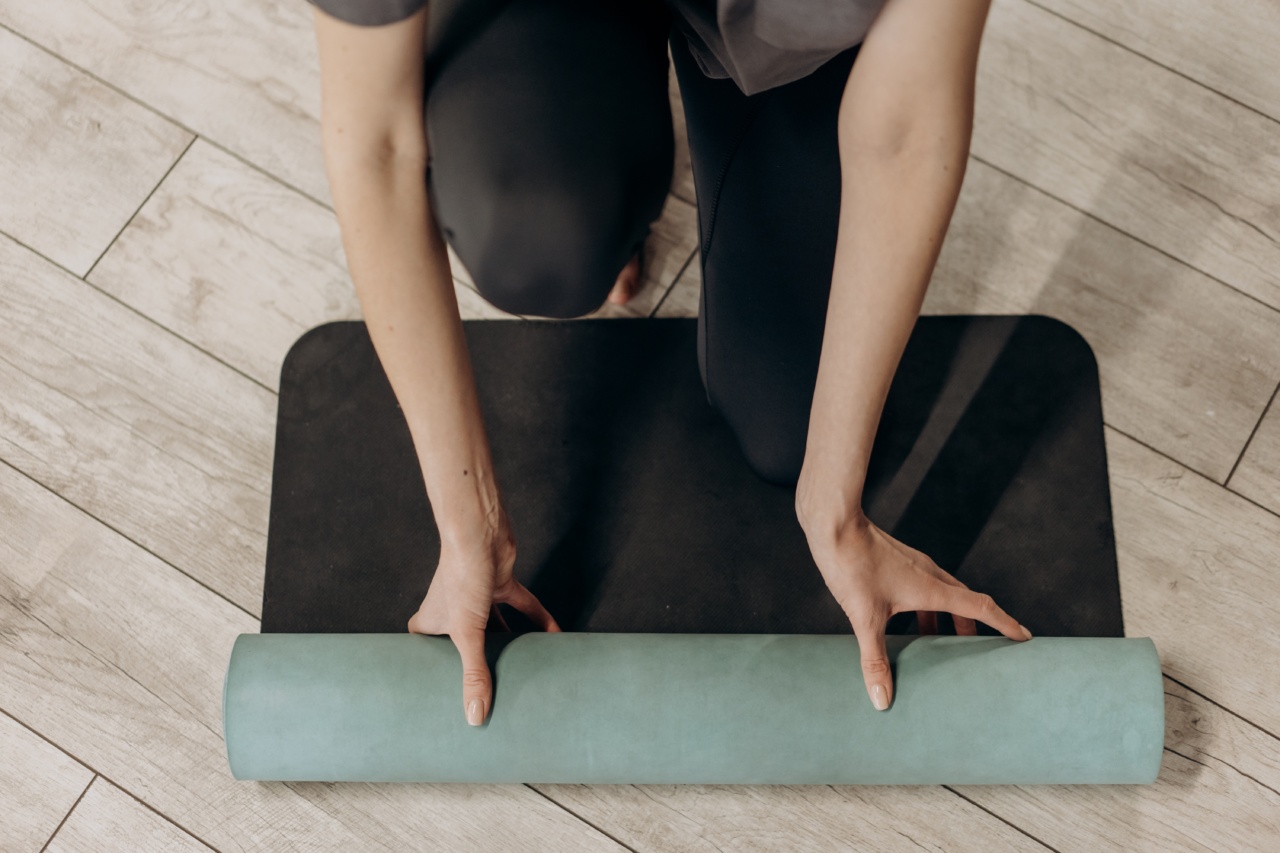Our home should be a safe haven, a place where we feel protected and secure. However, there are many hidden dangers lurking within the walls of our homes that can pose serious risks to our health.
From toxic substances to hazardous areas, it’s important to be aware of these potential dangers and take necessary precautions to minimize their impact on our well-being. In this article, we will explore 18 precarious areas of your home that may endanger your health and provide tips on how to create a safer living environment for you and your family.
1. Mold and Mildew
Mold and mildew thrive in damp and poorly ventilated areas such as bathrooms, basements, and kitchens. Exposure to mold can lead to respiratory issues, allergies, and even infections.
Regularly inspect these areas and address any signs of mold growth immediately. Ensure proper ventilation, fix any leaks, and use mold-resistant materials where possible.
2. Asbestos
If your home was built before the 1980s, there is a possibility that it contains asbestos. Asbestos, when disturbed, releases tiny fibers into the air, which, when inhaled, can cause severe respiratory problems and even lead to cancer.
If you suspect the presence of asbestos, seek professional help for inspection and removal.
3. Lead-based Paint
Older homes may have been painted with lead-based paint, which poses a significant health risk, especially to children.
If you live in an older house, get it tested for lead-based paint and take appropriate measures to prevent exposure, such as encapsulating the paint or having it professionally removed.
4. Carbon Monoxide
Carbon monoxide is a colorless and odorless gas that can be released from faulty heating systems, gas appliances, or fireplaces. Inhalation of carbon monoxide can be deadly.
Install carbon monoxide detectors on every level of your home and have your heating system checked annually by a professional.
5. Radon Gas
Radon is a radioactive gas that can seep into your home through cracks in the foundation or walls. Long-term exposure to high levels of radon can increase the risk of developing lung cancer.
Test your home for radon and take necessary measures to mitigate its presence, such as sealing cracks or installing a radon mitigation system.
6. Pesticides
Household pesticides, such as insecticides and rodenticides, can be harmful if not used and stored correctly.
Keep pesticides out of reach of children and pets, follow the instructions carefully, and consider using non-toxic alternatives whenever possible.
7. Allergens
Allergens, such as dust mites, pet dander, and pollen, can trigger allergies and asthma symptoms.
Maintain a regular cleaning routine, including vacuuming with a HEPA filter, washing bedding frequently, and keeping pets away from sleeping areas to reduce allergen exposure.
8. Electrical Hazards
Faulty wiring, overloaded circuits, and damaged electrical appliances can cause electrical shocks, fires, and even electrocution.
Regularly inspect your electrical system, replace damaged cords or outlets, and hire a professional electrician for any necessary repairs or upgrades.
9. Falls and Trips
Cluttered walkways, loose rugs, and slippery floors pose a significant risk of falls and trips, especially for older adults and young children.
Keep walkways clear, secure rugs with non-slip pads, and use warning signs or barriers around wet areas to prevent accidents.
10. Stairs
Unsecured handrails, inadequate lighting, and uneven steps can lead to serious falls on stairs. Ensure that handrails are properly installed and sturdy, keep stairs well-lit, and repair any damages or inconsistencies to minimize the risk.
11. Sharp Objects
Unsecured knives, tools, or sharp objects can cause severe injuries if mishandled or accidentally dropped. Store sharp objects in secure and designated places, use proper safety measures while handling them, and keep them out of reach of children.
12. Toxic Household Cleaners
Many common household cleaners contain toxic chemicals that can be harmful if ingested, inhaled, or absorbed through the skin.
Read labels carefully, store cleaners in a locked cabinet, wear protective gloves when using them, and consider using natural or eco-friendly alternatives.
13. Fire Hazards
Improper use of candles, overloaded electrical outlets, and neglected appliances can lead to devastating fires.
Install smoke detectors on every floor, check them regularly, keep flammable materials away from open flames, and practice fire safety measures, such as having fire extinguishers accessible and an escape plan in place.
14. Unstable Furniture
Top-heavy furniture, such as bookshelves and cabinets, pose a risk of tipping if not secured properly. Anchor furniture to the wall, especially in households with children or pets, to prevent accidents.
15. Bathroom Hazards
Slippery floors, scalding hot water, and unsteady bath mats can contribute to accidents and injuries in the bathroom.
Use non-slip mats, set water heater temperatures to prevent scalding, install grab bars, and eliminate potential hazards to ensure bathroom safety.
16. Poor Air Quality
Air pollutants, such as volatile organic compounds (VOCs), tobacco smoke, and pet dander, can significantly impact indoor air quality and lead to respiratory problems.
Increase ventilation, use air purifiers, and avoid smoking indoors to maintain cleaner and healthier air.
17. Garage and Workshop Hazards
Chemicals, power tools, and improperly stored equipment in garages and workshops can be hazardous. Keep chemicals in their original containers, store tools in a secure manner, and follow proper safety protocols when using these spaces.
18. Basement Risks
Basements may contain potential hazards such as mold, radon, pests, and structural issues. Regularly inspect your basement for signs of moisture or pests, test for radon, and address any structural concerns promptly.
Conclusion
Being aware of the potential health hazards in your home is the first step toward creating a safer environment for you and your family.
Regular inspections, maintenance, and adopting preventive measures are crucial to minimizing the risks associated with these precarious areas. Stay informed, take action when necessary, and prioritize the well-being of your household by creating a healthy home environment.






























